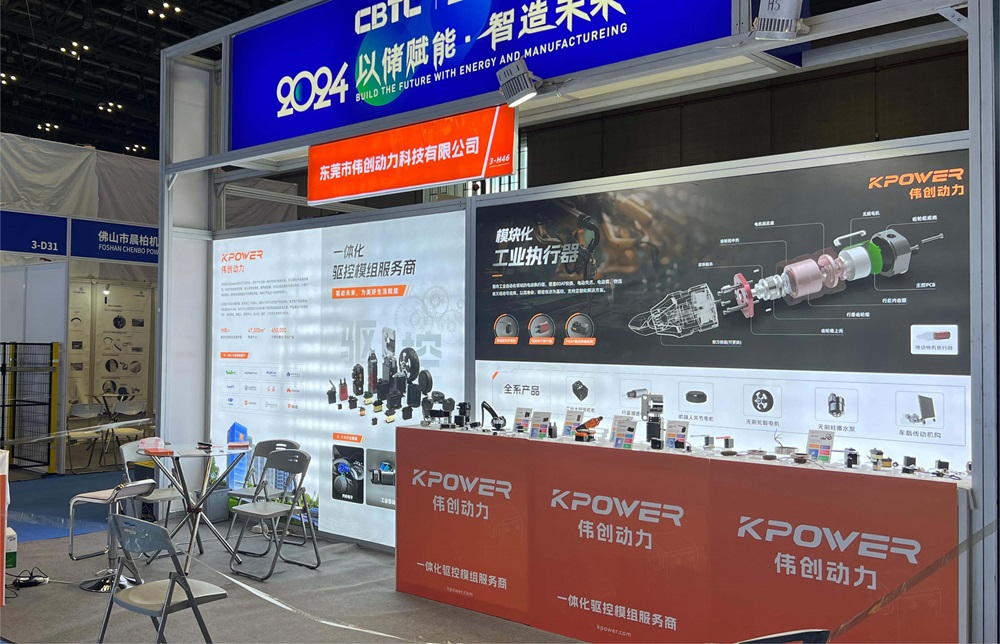Ever wonder how to bring your DIY robotics projects to life? Need something that’s flexible, reliable, and easy to program? Enter the servo motor — that tiny powerhouse that can change everything when paired with an Arduino. Imagine building a robot arm that picks up your coffee cup or setting up a mini camera that follows your cat — all effortlessly controlled with code.

Servo motors are all about precision. Unlike regular motors that just spin freely, servos give you exact position control. You want it to turn 90 degrees? Done. Want it to rotate smoothly back and forth? No problem. And that’s where Arduino comes in—this tiny microcontroller is like a seasoned conductor, orchestrating servo movements with simple commands. When you connect a servo to an Arduino, it’s like giving it a brain and some muscles, all in one.
Speaking of programming, it’s honestly a breeze. You can just plug in your servo, load up the Arduino IDE, and write a few lines of code. A typical setup involves defining the servo pin, attaching the servo, then telling it "move to this angle" or "sweep from 0 to 180." It’s almost like giving your bot a little dance routine. Even if you’re just starting out, the logic is straightforward enough that you’ll be tinkering in no time.
And the fun part? The applications are practically endless. Think about a robotic camera mount that adjusts automatically, or a model airplane where the flaps respond to your commands. Some hobbyists even use multiple servos to create complex robotic hands capable of gripping and releasing tiny objects. It’s like turning a simple motor into an extension of your imagination.
Yet, sometimes people ask, “How much control can I really get?” Good question. While servo motors are precise, they do have limits—they can’t rotate a full 360° unless they're continuous rotation servos, which work a bit differently. But for most tasks—angle positioning, automation, interactive builds—they’re unbeatable.
There’s also the question of power. A standard servo usually runs on 4.8V to 6V, and with the right power supply, you won’t have issues with jitter or missed positions. Keep in mind, if you deploy multiple servos at once, you’ll want a robust power source to keep everything moving smoothly.
Think about how this could fit into your projects. Interested in creating a remote-controlled vehicle? The servo’s your best friend. Want a robotic arm that precisely mimics a human pose? It’s the heart of the setup. The key is understanding their limits and learning how to sync movements seamlessly. And when you do, those small motors become a giant leap toward making your ideas real.
What makes this combo so appealing? Simplicity. Power. Flexibility. It’s almost like having a mini robot in your palm. Whether you’re tinkering casually or building something serious, the combination of servo motors and Arduino unlocks a universe of possibilities. The only thing you need to decide is what to create next.
Established in 2005, Kpower has been dedicated to a professional compact motion unit manufacturer, headquartered in Dongguan, Guangdong Province, China. Leveraging innovations in modular drive technology, Kpower integrates high-performance motors, precision reducers, and multi-protocol control systems to provide efficient and customized smart drive system solutions. Kpower has delivered professional drive system solutions to over 500 enterprise clients globally with products covering various fields such as Smart Home Systems, Automatic Electronics, Robotics, Precision Agriculture, Drones, and Industrial Automation.




































